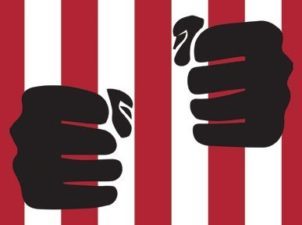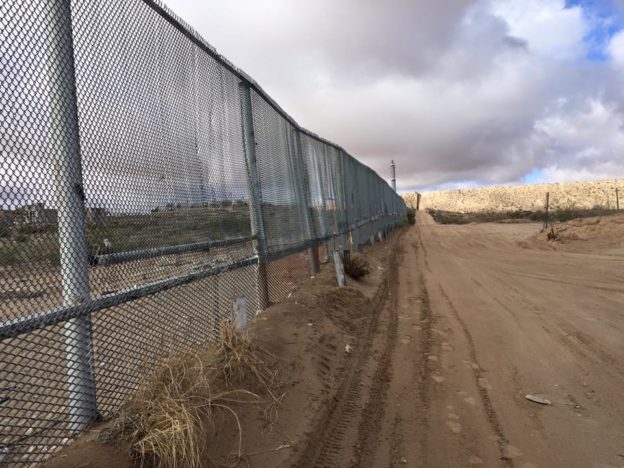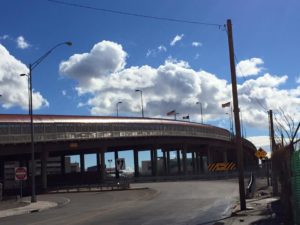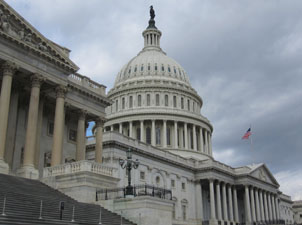
Our System of Mass Incarceration: Seeing the Parallels between Black Americans and Immigrants
José Arnulfo Cabrera
December 19, 2018
In the last 40 years, the incarcerated population in the United States has increased 500%. There are currently 2.2 million people in U.S. prisons and jail. We incarcerate more people than any other country in the world thanks to drug and sentencing policies that disproportionately affects people of color. According to the NAACP, the effect of this callous approach to policing is riveting: Black people are incarcerated more than five times the rate than whites, the Black women prison population is twice that of white women, and Black children represent 32% of children who are arrested. Then upon release, returning citizens face a myriad of obstacles that impede reintegration: employment background checks, low wages, and lack of affordable housing, coupled with banishment from government-sponsored safety net programs. For people of color, an encounter with the penal system could be its own death sentence. This is not how we as a country ought to be leading.
Yet, it doesn’t look like the U.S. will lose its standing as the world leader in mass incarceration with the presidency of Donald Trump, who campaigned as the “Law and Order” candidate. Since Trump took office, a new Jim Crow 3.0 has emerged: the criminalization of undocumented immigrants. Undocumented Immigrants are considered criminals because they committed a misdemeanor crime, the equivalent to running a red light, for staying, or entering the U.S. without documentation. Under President’s Trump’s administration 448,000 undocumented immigrants have been returned or removed and includes those with and without prior convictions. Because President Obama’s DACA policy gave prosecutorial discretion to immigration judges, there are no records available for undocumented immigrants without prior convictions.
As a Government Relations associate responsible for managing a legislative portfolio that includes both immigration and criminal justice reform policy, I find it dangerously easy to spot the similar tactics used to criminalize immigrants and Black Americans. During Trump’s presidential campaign he said Mexican immigrants are rapists, and that they bring drugs and crime to the U.S. This past mid-term election cycle President Trump retweeted a fear-mongering campaign ad that portrayed immigrants as dangerous criminals who we must keep out of the U.S. The video bore a notable resemblance to the 1988 Republican “Willie Horton” presidential campaign ad now infamous for the “dog-whistle” racism it employed. While I’d like to believe these fear-mongering tactics don’t work, 34,000 of the 2.2 million people incarcerated in the U.S. are immigrants held in ICE facilities, and 60% of those incarcerated are people of color.
When we begin to look at how immigrants and Black Americans are incarcerated, we find another scary similarity. Since 2000, the amount of people incarcerated in private prisons has increased by 47% and the amount of immigrants held in private facilities has increased 442% since 2002. The corporations that manage these prisons and detention facilities are GEO Group, Core Civic, and Management and Training Corporation, which require the states in which they are located to arrest and imprison a center amount of people in their prison to make a profit. Because of this practice, it is in their best interests that the U.S. incarceration and detention rate does not decline. Additionally, the prisons owned by these corporations are almost always located in the middle of nowhere, making it difficult for the families and lawyers of incarcerated people to visit them. These tactics are used to make it harder for people of color to seek the justice they deserve.
The United States has created a system that values incarcerating individuals more than helping them return to their communities to be self-sufficient and contribute to society as we all do. Our country views a criminal as people who have always been bad, and will continue to be bad. But the only true evil in this system is mass incarceration.
(feature image courtesy of the California Innocence Project)


















